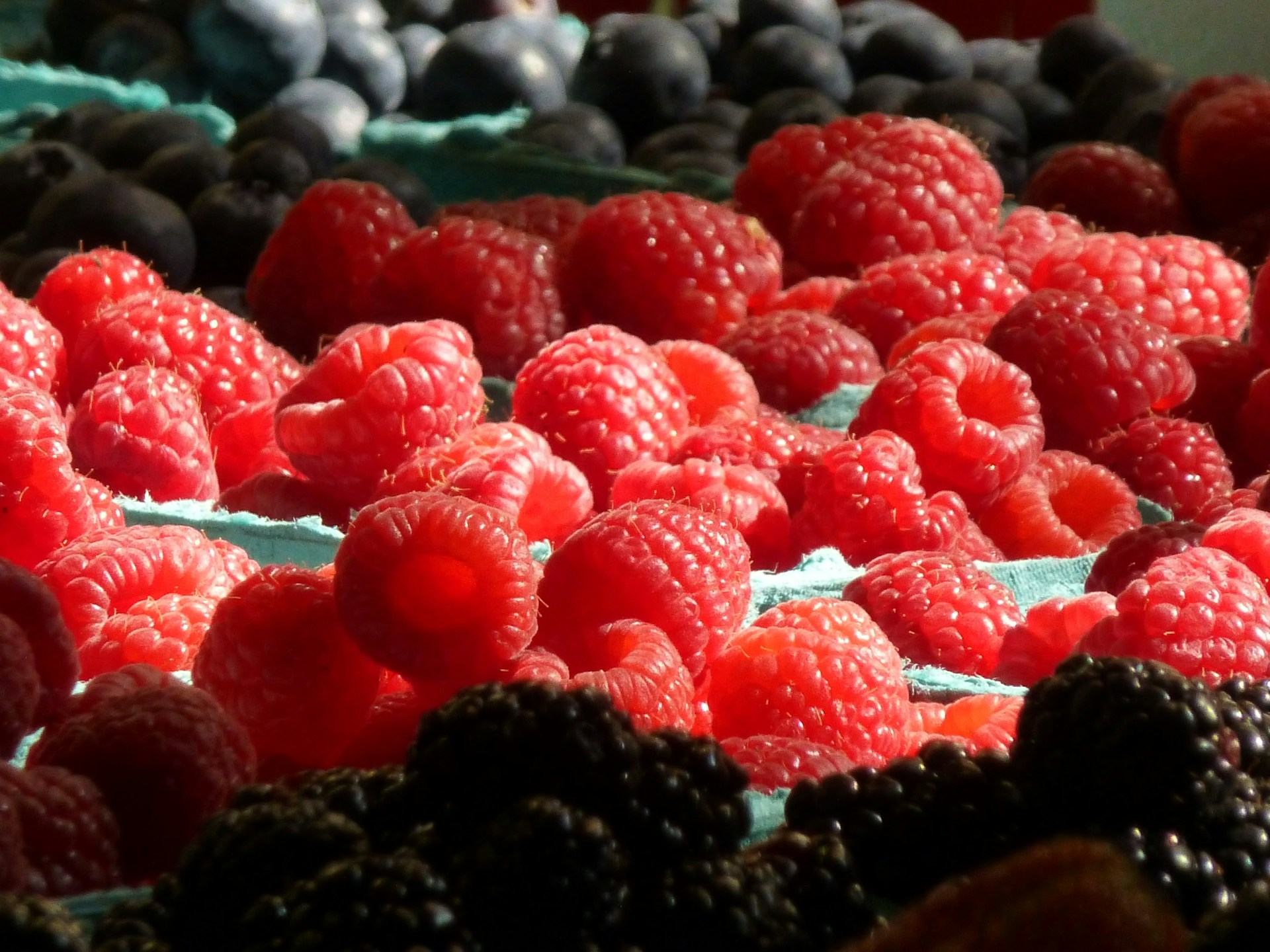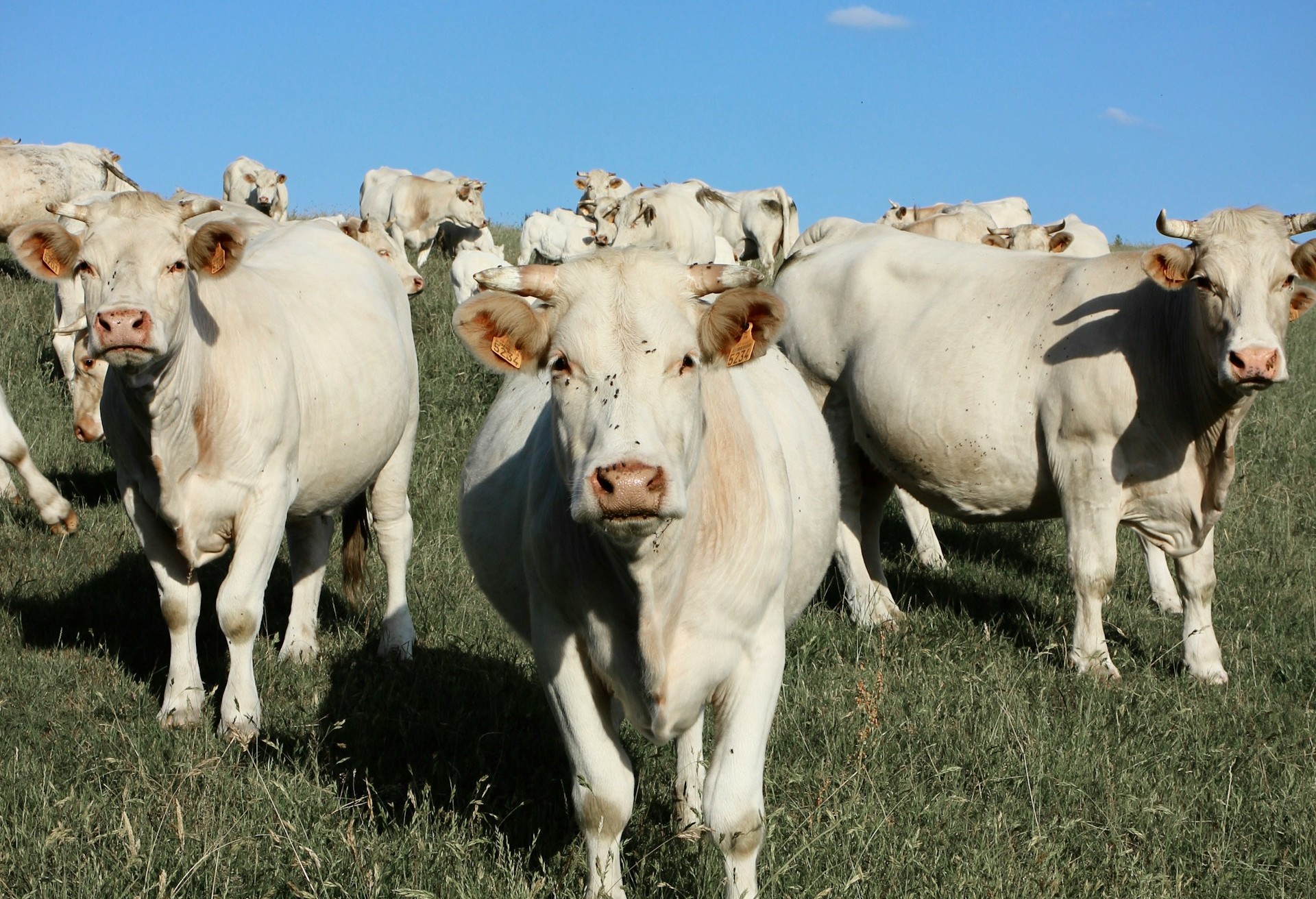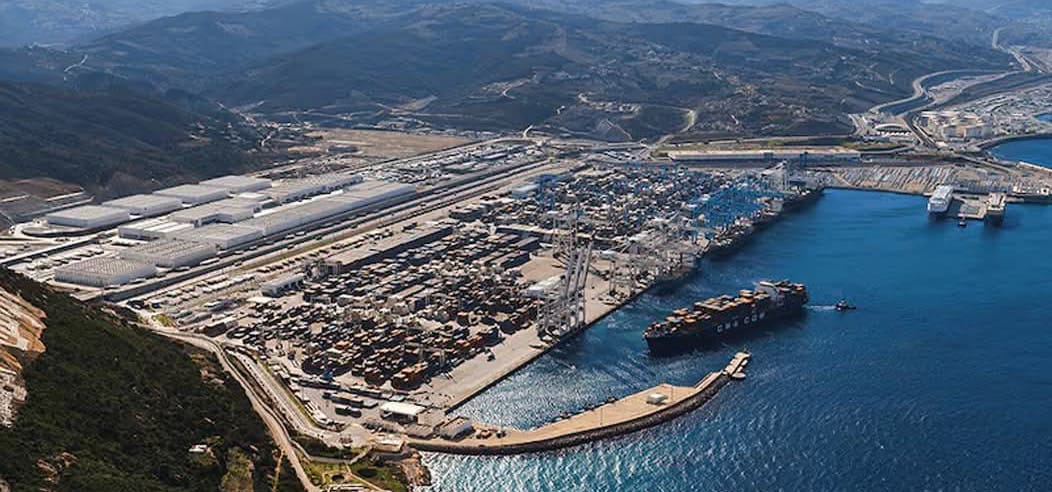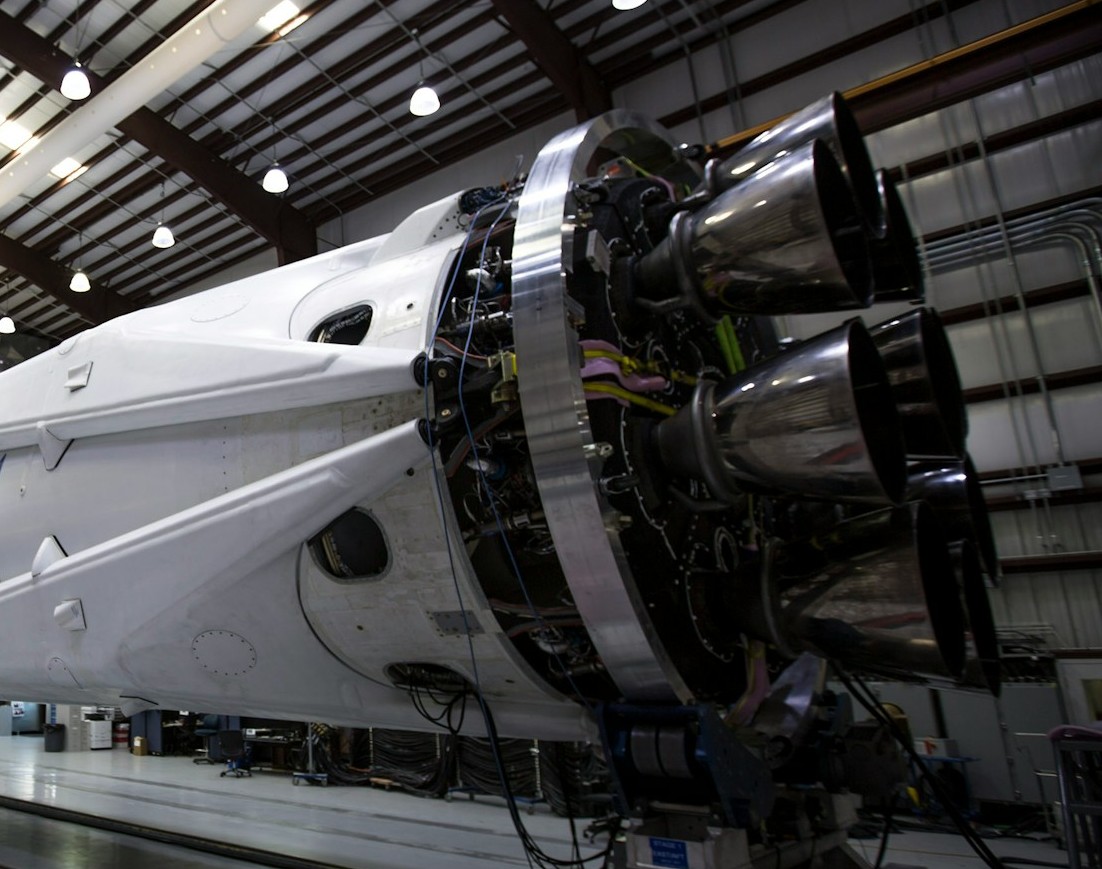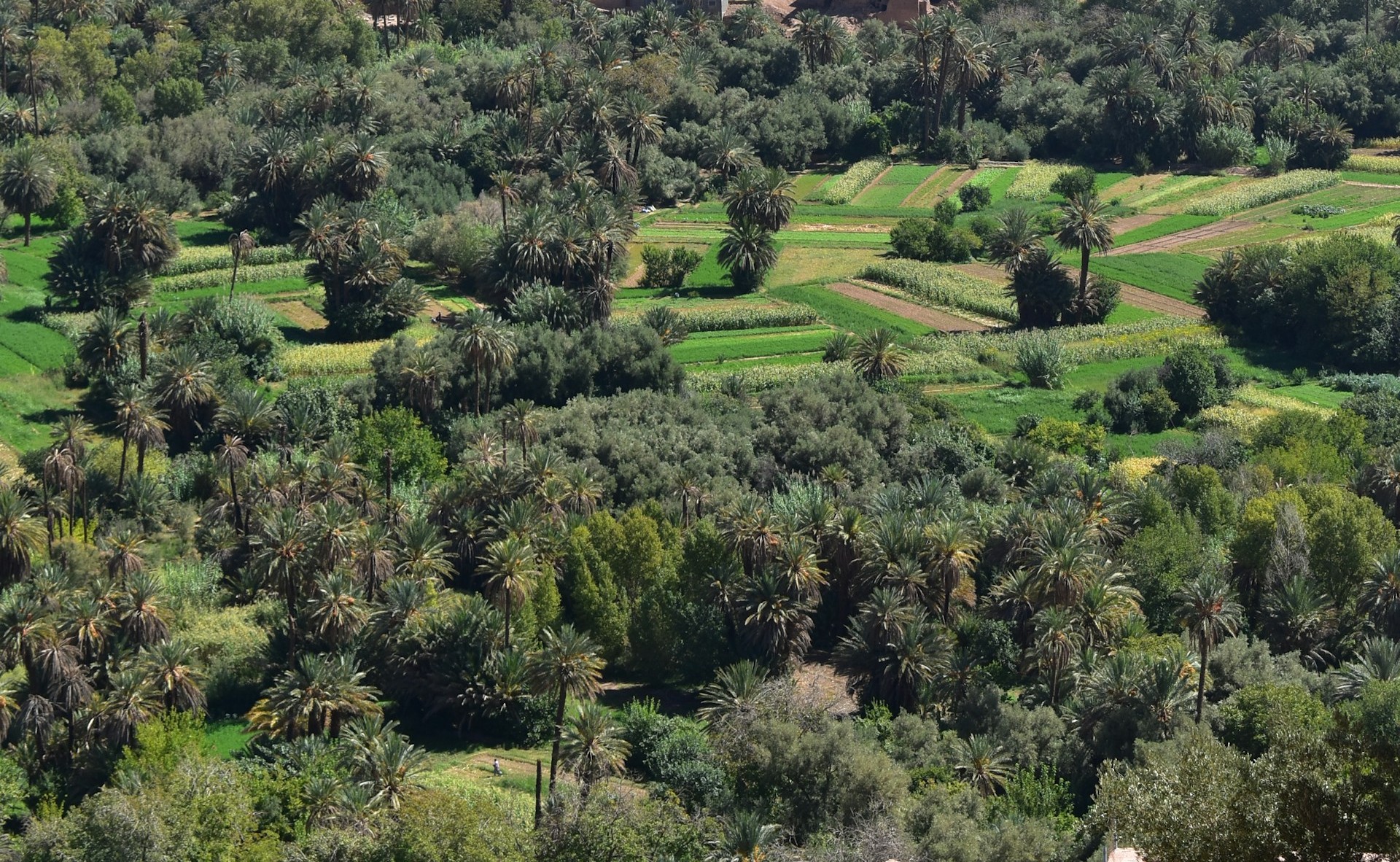Casablanca – Morocco’s poultry industry is experiencing remarkable growth, driven by strong export performance, innovative breeding programs, and increased domestic consumption. The sector is transforming into a key player in the global poultry market while addressing local production challenges and contributing to the country’s economy.
Record exports and production growth
In 2024, Morocco’s exports of day-old broiler chicks surged to 1.735 million units, more than double the amount exported in 2023, which was just 770,000 units. This significant increase highlights Morocco’s growing presence in international markets, especially in Africa, where countries like Mauritania, Mali, Cameroon, Benin, Senegal, Tunisia, and the Central African Republic are key customers. The UAE and Saudi Arabia have also become important trade partners.
Morocco’s poultry production achieved record-breaking figures last year:
- 486 million broiler chicks produced
- 15.1 million locally produced turkey chicks
- 14.6 million chicks for egg production
In addition, Morocco imported around 2.68 million turkey chicks to support demand.
On the meat side, Morocco’s poultry sector produced 582,000 tons of chicken meat in 2024, a notable increase from 560,000 tons in 2023. Turkey meat production also rose to 152,000 tons.
Domestic consumption continues to rise
Domestic consumption of poultry products continues to grow, reflecting increasing demand for affordable protein sources. In 2024:
- The average Moroccan consumed 20.9 kilograms of poultry meat, up from 20.6 kilograms in 2023.
- Egg consumption increased slightly, with the average individual consuming 171 eggs annually, compared to 169 eggs the previous year.
Egg production also saw significant growth, reaching 5.6 billion eggs in 2024, up from 5.3 billion eggs the year before. Additionally, Morocco exported 61.179 million hatching eggs in 2024, an increase from 58.398 million in 2023.
Investments and job creation
The poultry sector has attracted significant investments, totaling approximately $1.47 billion. The annual turnover for the sector is estimated at $4.64 billion.
With a workforce of 515,000 employees, the poultry industry plays a crucial role in Morocco’s economy, particularly in rural areas where it provides essential livelihoods.
Innovation in breeding: New hope for stability
At the 2025 International Agricultural Show (SIAM), a major innovation in the poultry sector attracted significant attention. After years of research, a new hybrid breed of chicken was introduced to address productivity challenges with traditional Moroccan breeds, which produce only 40 to 80 eggs per year on average.
The hybrid breed, developed through a careful crossbreeding program, combines five of the world’s most productive chicken breeds: Australorp (Australia), Golden Leghorn (Italy), Black Andalusian (Spain), Hermin Sussex (England), and Plymouth Rock (USA). The result is a new strain capable of producing 220 to 270 eggs annually, with roosters reaching 2 to 2.5 kilograms within three to four months.
This innovation is not only a technical breakthrough but also a game-changer for small and medium-sized farmers. The hybrid birds offer a $7.22 to $10.3 profit margin per bird, creating new economic opportunities for local producers and contributing to better price stability in the domestic market.
Towards a more resilient and competitive sector
Poultry remains a critical source of protein for Moroccan families, especially those without regular access to red meat. With rising egg and poultry prices, the sector is undergoing a modernization process. Innovations in mobile hatcheries, automated feeding systems, and genetic selection are driving productivity improvements and ensuring greater sustainability and food sovereignty.
Morocco’s poultry sector is entering a new era of growth, with stronger exports, improved breeding programs, and a more competitive position in both domestic and international markets.
